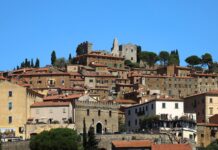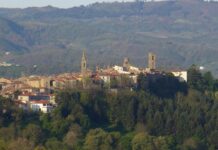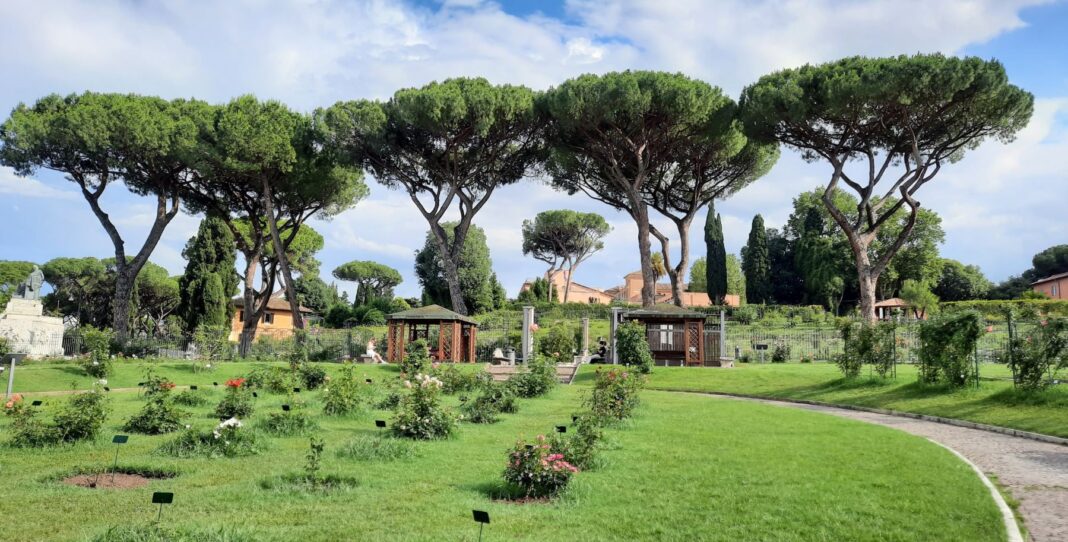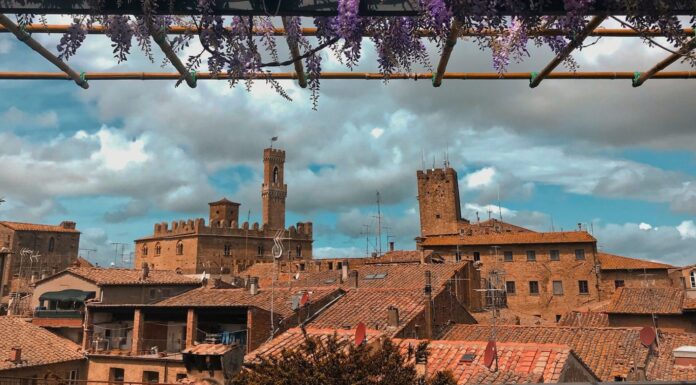If you’re looking for an escape from busy city life, spending the day in the Botanical Garden in Rome is the perfect way to spend your day. With towering palm trees and vibrant cherry trees, the gardens are one of my favorite places to spend a leisurely afternoon in Rome.
Whether you are visiting the city for 2 days or 2 weeks, the Botanical Garden in Rome is a gorgeous destination that you should not miss. While many guides leave the magnificent garden out, there is so much to see here. From the interesting history around researching medicinal plants, to walking through the cherry trees in the Japanese Garden, to enjoying the serenity of the bamboo groves.
There is so much to see in the gardens, also known as the Orto Botanico di Roma. Keep reading to find out what my favorite things to see in the gardens are, as well as some other stunning gardens you can visit throughout the city of Rome.
How to get to the Botanical Garden in Rome
The Botanical Garden in Rome is located in the Trastevere district in the city. The official address is Largo Christina di Svezia, 24. The easiest option when trying to visit this beautiful garden is to take public transportation to get there. You can take tram line 8 or there are several bus lines (3B, 44, and 170) that have stops near the Botanical Garden. If you have rented a car for your trip, you can drive here, but keep in mind that parking in the Trastevere area can be a bit of a hassle.
History of the Botanical Garden in Rome
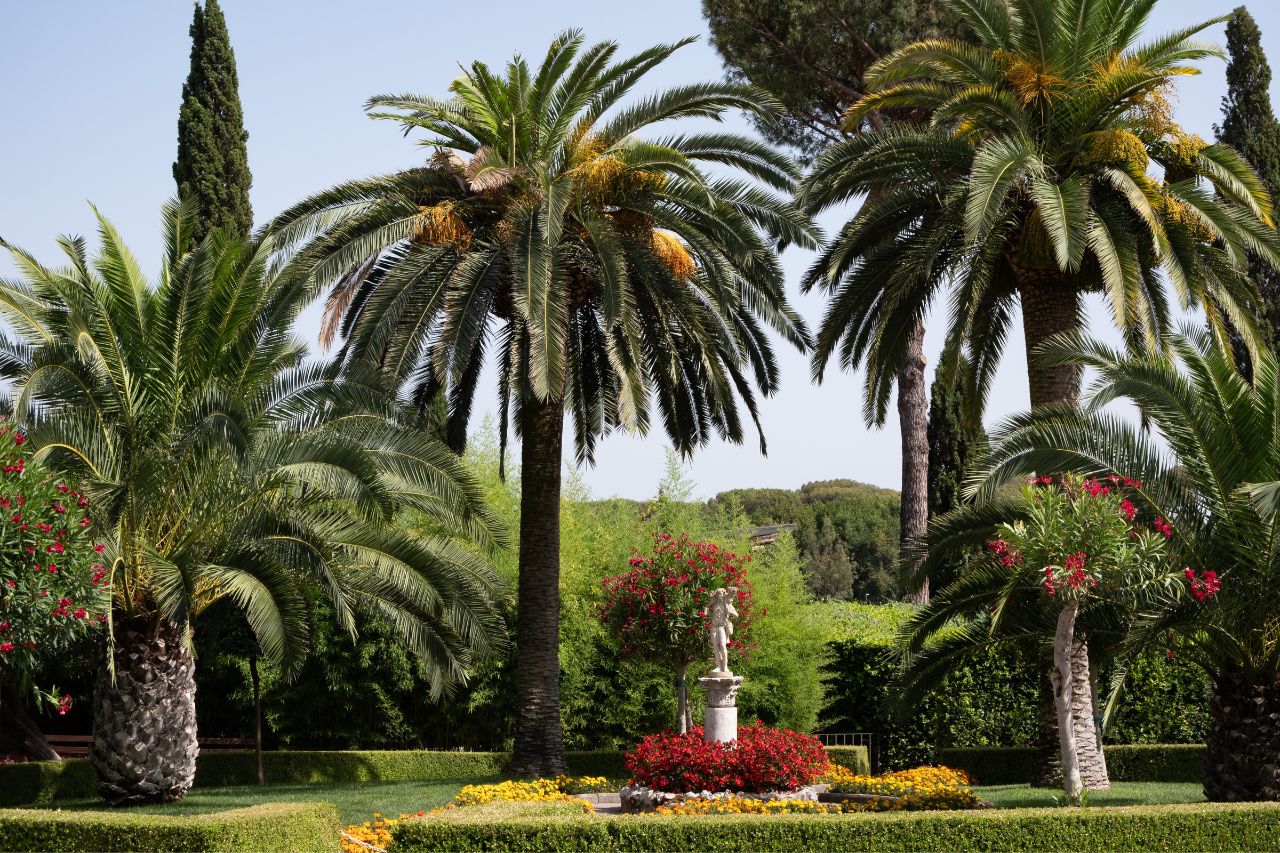
One of the oldest botanical gardens in Italy, there is a very historical background to the Orto Botanico di Roma. Founded in 1883 under the order of King Umberto I. Located near Janiculum Hill, it is on the grounds of the old Jewish cemetery in the Trastevere district. It was originally created to study different species of plants to find medicinal purposes in the 19th century. Originally linked to the Faculty of Medicine of the University of Rome, they studied both native and exotic species of plants. They also house many endangered and rare species of plants, playing a significant role in the conservation of these species. Over the years, it has evolved and the collection of plants has expanded, creating not only a place for scientific research, but also a beautiful and serene garden that visitors from all over the world can come and enjoy.
Explore more: Where to Find Art in Rome
7 Plants and Trees to Discover at the Botanical Garden in Rome
There are many types of diverse plants and features in the Botanical Gardens in Rome, Italy. All with unique attributes and backgrounds, from where in nature you can find them to how they can be used.
1. Carnivorous Plants
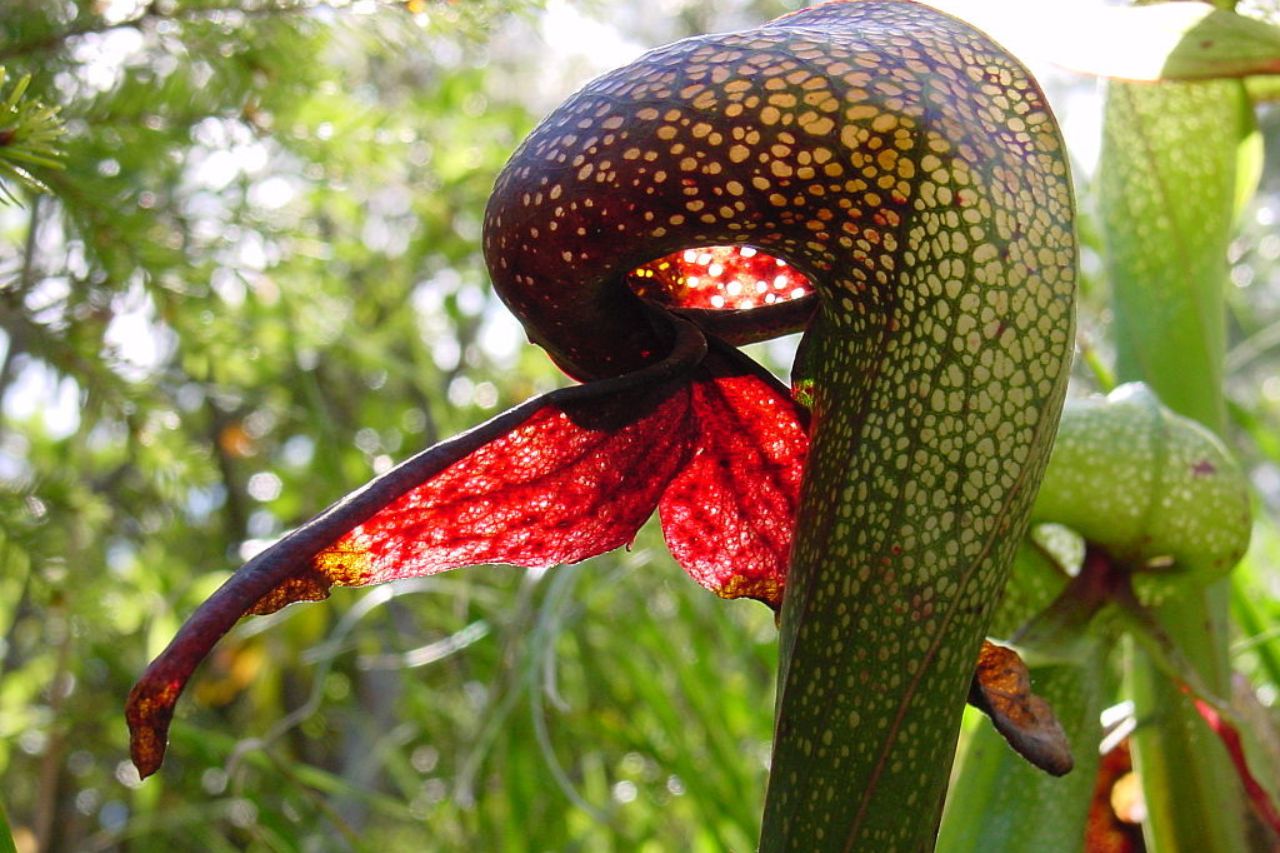
Carnivorous plants, such as venus fly traps and pitcher plants, have evolved to have specialized adaptations to capture and digest insects. They have unique structures, such as traps, pitchers, or sticky hairs, which attract and catch insects. Carnivorous plants can typically be found in soils that have a poor level of nutrients, hence why the plants need to rely on insects. These plants are usually grown because they have a fascinating appearance and people are intrigued by their predatory features. Carnivorous plants are popular among plant enthusiasts because of how they have adapted to this diet.
2. Tropical Plants
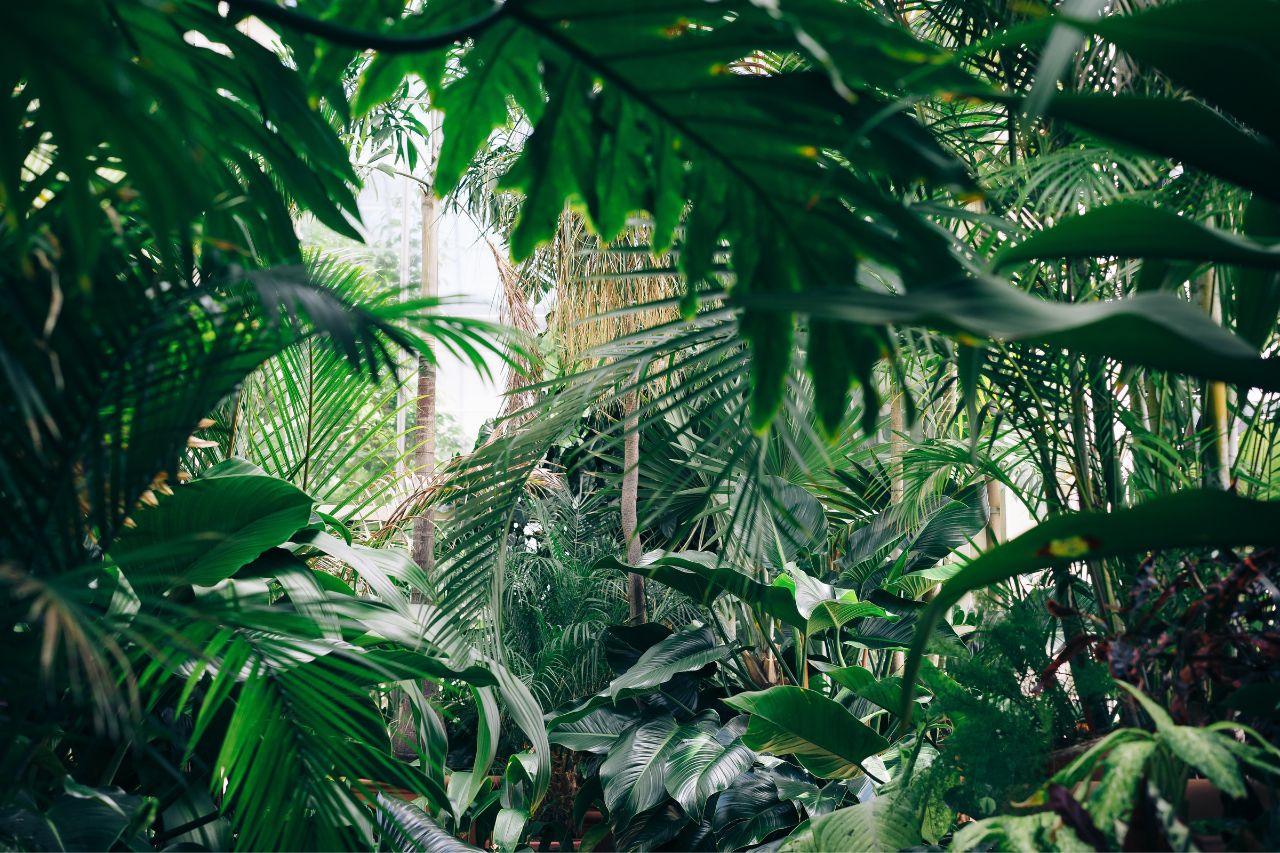
Typically boasting vibrant colors, large leaves, and diverse shapes, tropical plants can be found in tropical rainforests and jungles. They have evolved in tropical climates to be able to withstand consistent warmth and high humidity. They are often used in gardens and as houseplants because of their beauty and colorful features. The Botanical Garden in Rome is well known for its diverse and expansive tropical plant collection.
Read more: Romantic Rome – 15 Memorable Things To Do With Your Partner
3. Butterfly House
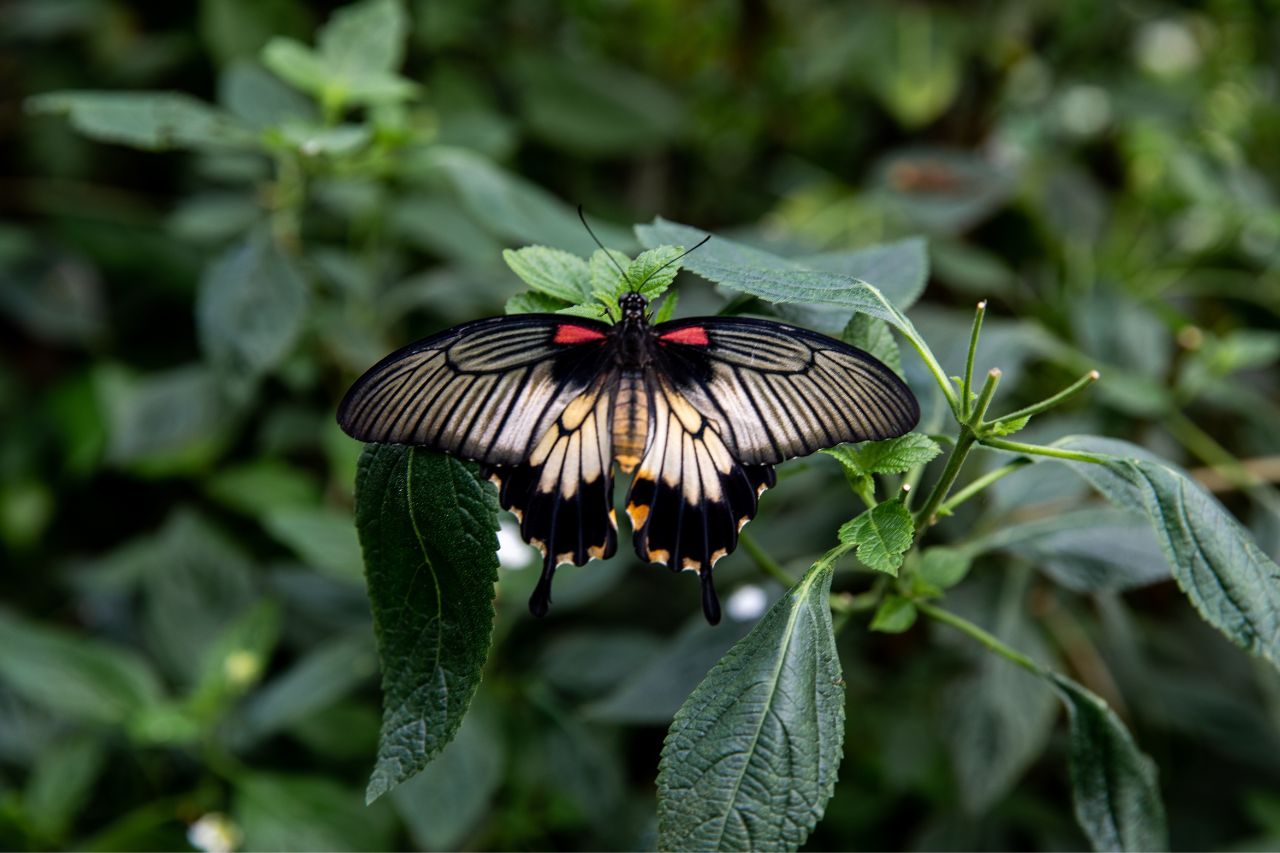
Butterflies can be found in many different habitats around the world, but butterfly houses are a controlled environment that creates a suitable habitat for them. With carefully controlled temperature, humidity, and an array of flowering plants, they create the perfect home for many species of butterflies. The Butterfly House in Rome creates an educational opportunity to teach about conservation and what we can do to promote awareness.
4. Palm Trees

These towering trees with tall, slender trunks and fan shaped leaves are native to tropical and subtropical regions around the world. They are often used for landscaping, as a source of palm oil, and for their fruits, such as coconuts in some species. Palm trees are well known around the world for their association with tropical climates. Rome’s Botanical Garden features palm trees throughout the grounds, providing shade and a tropical ambiance to the landscape.
5. Bamboo Forest
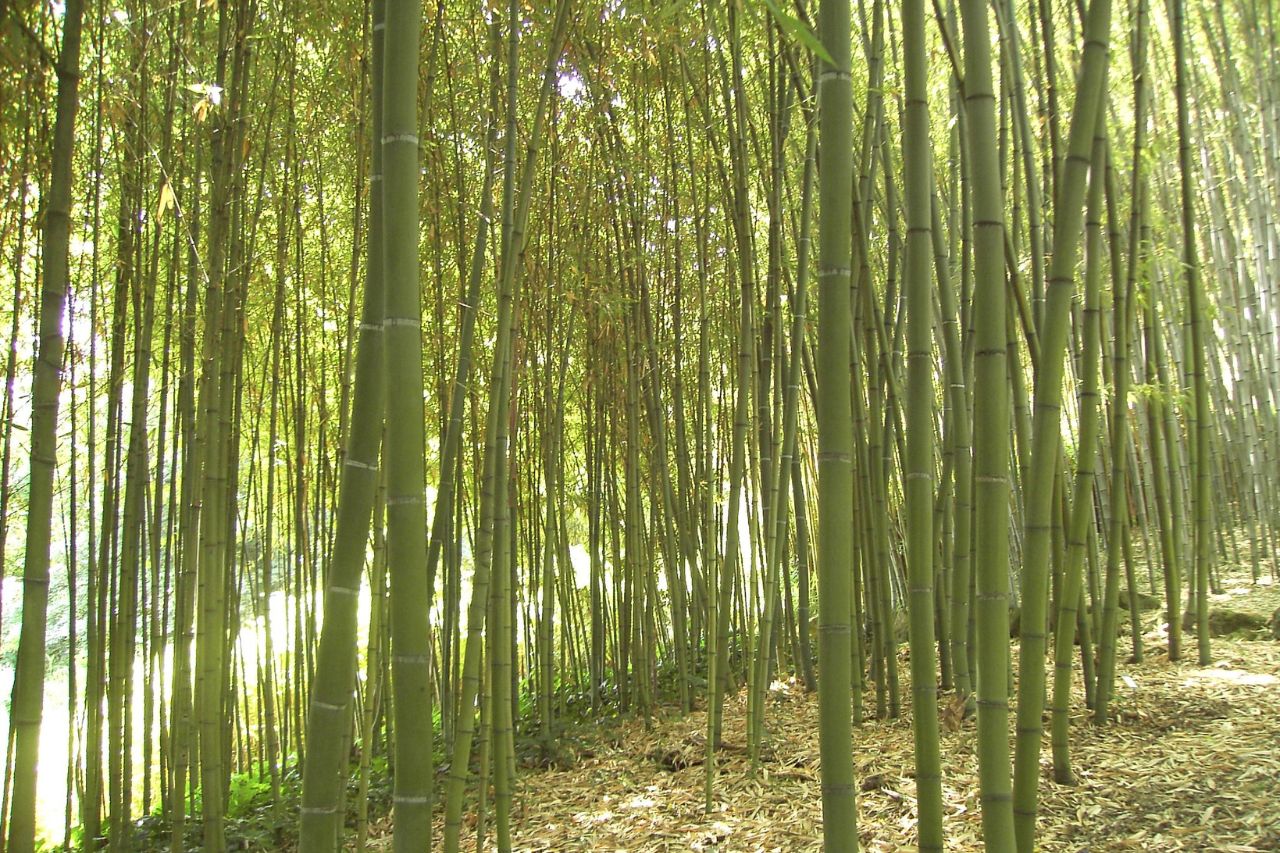
Native to Asia, bamboo is a fast-growing plant that forms dense and towering stands of woody grass. Bamboo has many uses, from construction to culinary uses to fabric. Bamboo forests are known for providing a serene ambiance. Visitors can walk through groves of bamboo and experience a truly meditative part of the garden.
6. Cherry Trees
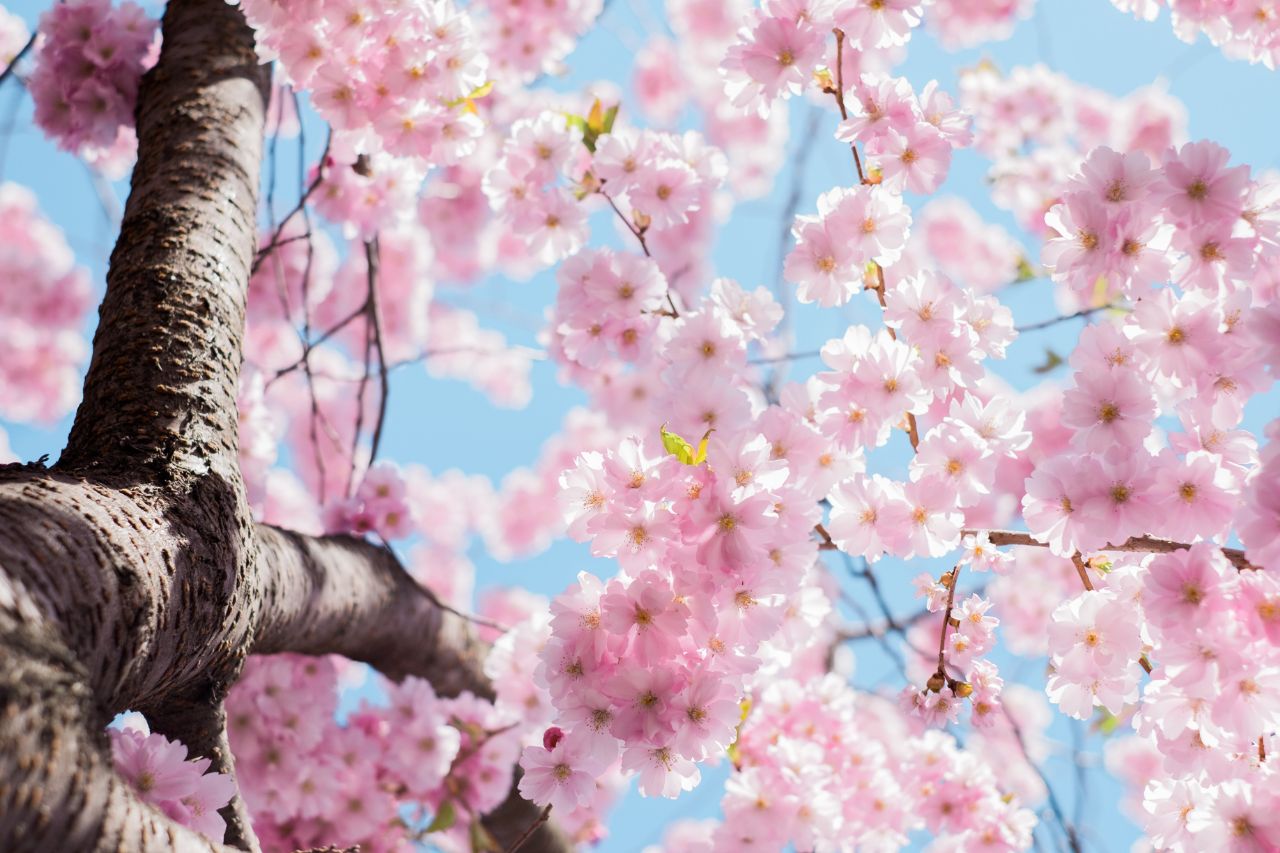
With beautiful spring blossoms, cherry trees are grown from seeds and are native to many regions in the Northern Hemisphere. They are used for their beauty and for the delicious cherries they produce. Cherry trees are famous for the bright pink blossoms they produce during springtime, which have become popular for photographers and photoshoots.
7. Medicinal Plants
There is a wide range of species associated with medicinal plants, especially in the Botanical Garden in Rome. Medicinal plants contain bioactive compounds that can be used in the form of medicine. They have been used in both traditional and modern medicine for various health treatments and are famous for their ongoing role in healthcare.
The Japanese Garden in the Botanical Garden in Rome
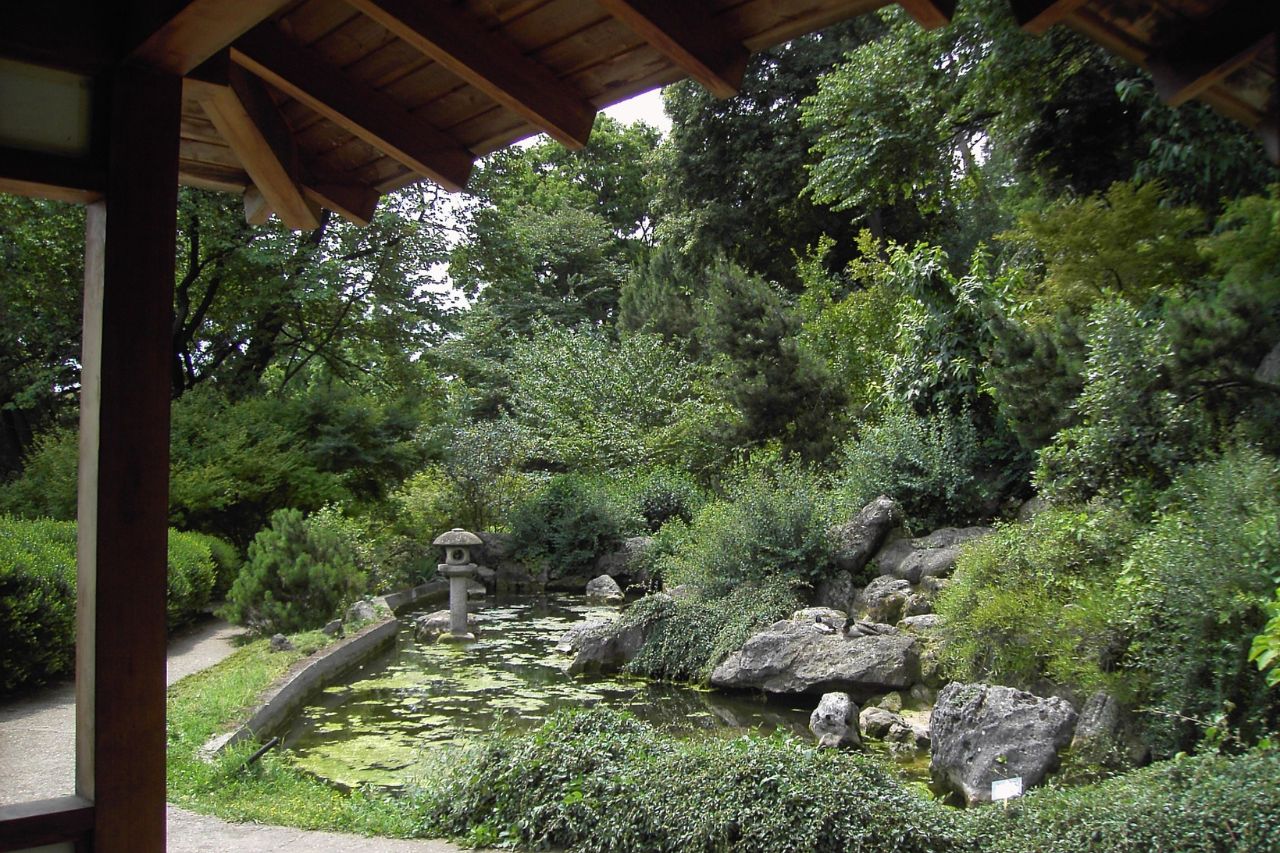
Like many traditional Japanese gardens, the Japanese garden in Rome is designed with specific characteristics and elements that mimic the tranquility and beauty of nature. This is one of the most popular elements in the entire garden. The design includes a harmonious blend of plants, water, rocks, and pathways. Water is a central element in Japanese gardens, creating a calming atmosphere. With over 40 species, it has beautiful cherry trees, camellias, and magnolias. The cost of visiting the Japanese Garden is included in your visit to the Botanical Garden, which is only 4 euros, although pricing is subject to change.
How to Book a Visit to The Botanical Garden in Rome
You need to buy tickets to the Botanical Garden in Rome in order to enter. Typically, there is no need to buy tickets in advance, unless you wish to take a guided tour. The cost of the garden is 4 euros for adults and free for children under 6 years old, although this is subject to change. There is an extra charge for the Butterfly House, which is an additional 4 euros. Keep in mind that the Butterfly House is closed on Mondays. The gardens are open every day from 9:00 a.m. to 4:30 p.m., excluding December 25th and January 1st. You can book a guided tour on the official website, or you can visit the garden on a Sunday, when they offer free guided tours to visitors on arrival.
More Gardens to Explore in Rome
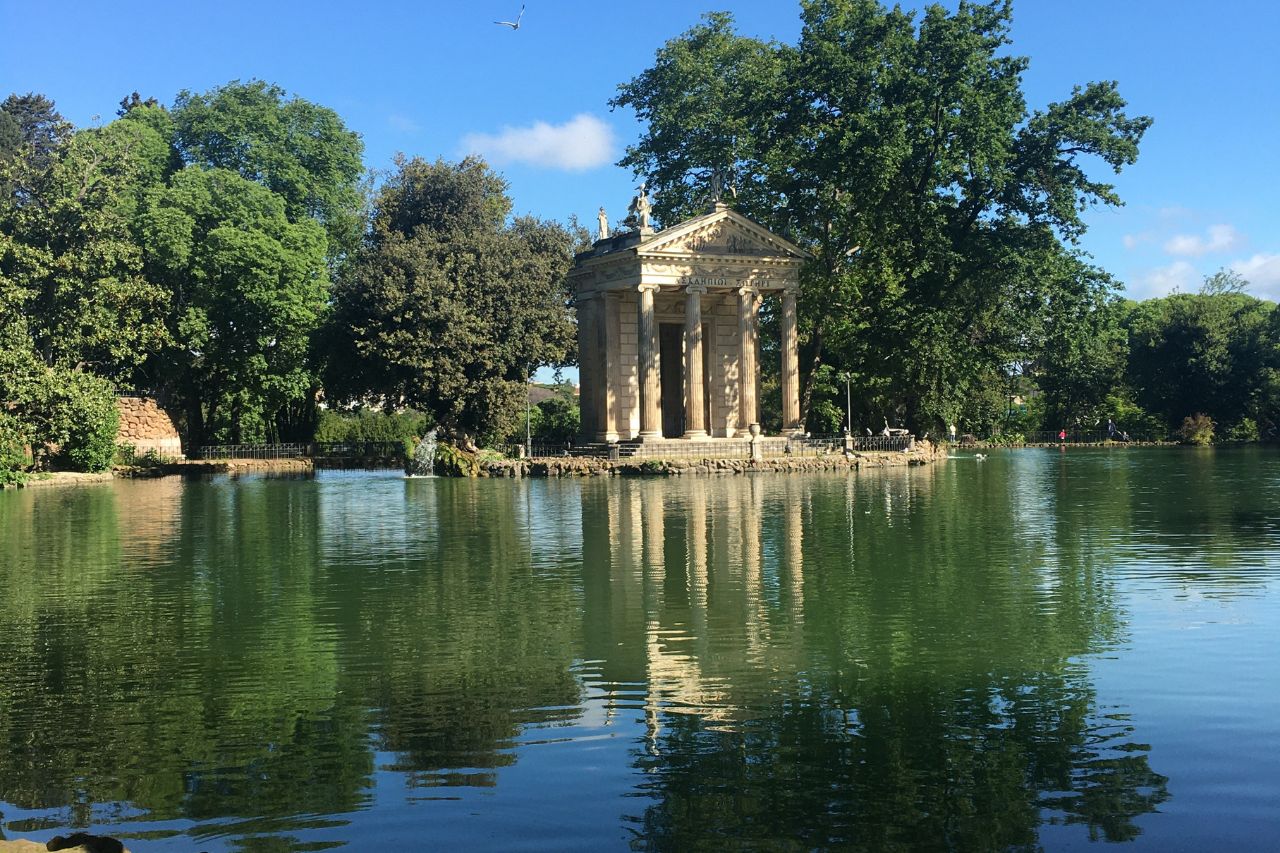
There are many gardens in Rome that you can explore on top of the Botanical Garden in Rome.
- Villa Borghese– one of the largest public parks in Rome, it is known for its architecture, gardens, and lake, as well as several museums including the Galleria Borghese
- Villa Doria Pamphili– a sprawling park and villa complex, it has extensive gardens, paths for walking and biking, and a peaceful getaway from the busy city
- Orange Garden– with panoramic views of Rome, it is filled with orange trees and is the perfect spot to enjoy a walk enjoying the view of the city
- Vatican Gardens– only accessible through a guided tour within Vatican City, they are known for the lush greenery, religious symbolism, and historical significance
- Municipal Rose Garden– with thousands of species of roses, it is popular during the blooming season in Spring as the colorful buds blossom while visitors can enjoy the vibrant colors and the views of Palatine Hill and the Circus Maximus
- Garden of Nymph– this lesser-known garden has a classical design with statues, fountains, and a small temple, the lack of people creates a truly peaceful escape
Explore more: Rome Gardens – Blending Classical Beauty and History
Conclusion
The Botanical Gardens in Rome offers a serene escape from the hustle and bustle of city life. Spend the day strolling through the cherry trees and the bamboo groves for day of peace, quiet, and serenity. There is a fascinating Butterfly House full of educational opportunities as well as the highlight of the garden, the Japanese Garden. Don’t miss out on the beauty of the gardens, they are a must see on any trip to Rome.


